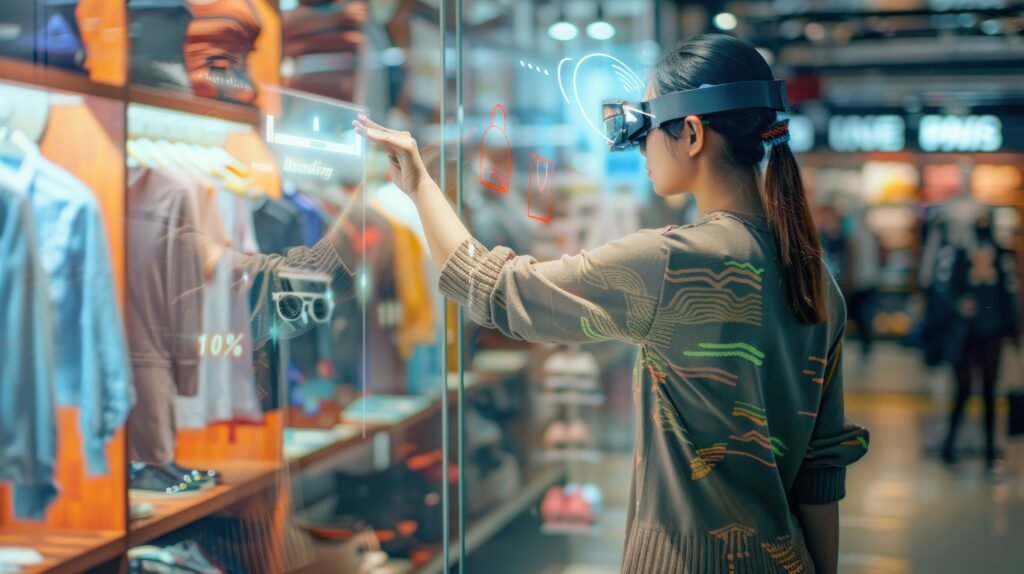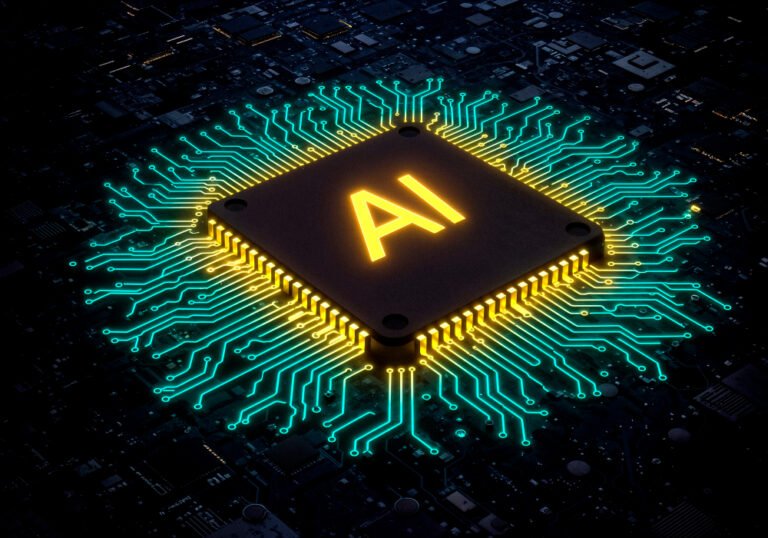
The retail industry is undergoing a seismic shift, driven by a new wave of technologies that are blurring the lines between the digital and physical worlds. For today’s C-level executives, staying ahead requires more than just adapting; it requires strategic investment in solutions that enhance the customer experience, optimize operations, and unlock new streams of revenue.
What Is Smart Retail?
Smart retail refers to the integration of advanced digital technologies into traditional retail operations—both physical stores and omni-channel formats—to enhance efficiency, personalize the shopping experience, optimize inventory and supply chain operations, reduce cost and friction, and boost speed and flexibility. It combines components like:
- Internet of Things (IoT) devices (sensors, smart shelves, RFID)
- Artificial Intelligence (AI) and Machine Learning (ML) for predictive analytics, personalization and automation
- Real-time data and analytics for customer behavior, inventory, operations
- Seamless digital + physical integration (omni-channel, mobile, etc.)
- Enhanced checkout and payment systems (automation, contactless, cashier-less)
- Technologies like augmented reality (AR), virtual reality (VR), robotics, edge computing, cloud, etc.
The Benefits of Smart Retail for Today’s Retailers
The global smart retail market is experiencing explosive growth, projected to reach over $274 billion by 2033 from a value of approximately $52.1 billion in 2025, demonstrating a strong market confidence in these technologies. For retailers, the adoption of smart solutions translates directly into measurable business value:
- Enhanced Customer Experience & Loyalty: Customers today expect seamless, personalized, and efficient shopping journeys. Smart retail delivers on this promise. In fact, a 2024 industry survey found that 71% of shoppers expect brands to understand their purchasing behaviors, while 77% are more likely to make a purchase with suitable product suggestions. Technologies like AI-powered personalization and frictionless checkout systems directly address these demands, leading to higher customer satisfaction and repeat business.
- Improved Operational Efficiency: Smart retail automates and optimizes core retail functions, from inventory management to supply chain logistics. For example, some retailers have reported a 23.4% increase in efficiency and a 25.6% reduction in shrinkage after implementing IoT solutions. This is achieved through real-time inventory tracking, predictive maintenance, and automated processes that minimize human error and reduce labor costs.
- Data-Driven Decision Making: The true power of smart retail lies in its ability to generate rich, actionable data. With insights into foot traffic, customer behavior, and product performance, retailers can make informed decisions. Reports show that organizations that are dependent on data are 23 times more probable to attract new clients and 19 times more likely to earn a profit. This data allows for optimized store layouts, targeted marketing campaigns, and more accurate demand forecasting.
10 Innovations Changing the Industry
The following innovations represent the frontier of smart retail, each offering a distinct way to transform the shopping experience and drive business growth.
- Frictionless Checkout Systems: Stores like Amazon Go have popularized a shopping experience where customers can simply grab what they need and walk out. Using a combination of computer vision, sensor fusion, and deep learning, these systems automatically detect what customers take from or return to shelves, charging their account upon exit. This technology eliminates checkout lines entirely, dramatically improving customer convenience and reducing labor costs.
- AI-Powered Personalization & Recommendations: Artificial intelligence analyzes vast amounts of customer data—from past purchases and browsing history to in-store movement—to create highly personalized experiences. This can manifest as personalized product recommendations on digital signage, tailored promotions sent to a customer’s smartphone, or even a store associate equipped with data-driven insights about a visiting customer.
- Smart Shelves & RFID Technology: Smart shelves use embedded weight sensors and RFID (Radio-Frequency Identification) tags to provide real-time inventory visibility. This technology alerts staff when an item is low, misplaced, or about to expire, minimizing stockouts and overstocking. RFID scanners can read multiple tags simultaneously, making inventory audits significantly faster and more accurate than traditional barcode systems.
- Interactive Digital Signage & Smart Mirrors: Beyond static advertisements, digital signage is becoming interactive. Touch-screen displays can show product information, customer reviews, and personalized offers. Smart mirrors in fitting rooms take this a step further, allowing customers to virtually “try on” different outfits, request different sizes or colors, or see how an item looks without having to undress.
- Autonomous Retail Robots: From store floors to warehouses, robots are automating a variety of tasks. Inventory robots can autonomously patrol aisles, scanning shelves to check for stockouts, misplacements, or incorrect pricing. In fulfillment centers, robots handle sorting, picking, and packing, significantly speeding up order fulfillment and reducing operational overhead.
- Augmented Reality (AR) Shopping: AR overlays digital information onto the physical world via a smartphone or AR glasses. Customers can use AR to visualize how a piece of furniture would look in their home, project a product’s features onto the item itself in-store, or simply get a more engaging product demonstration. This reduces purchase uncertainty and enhances the overall customer journey.
- Predictive Analytics for Demand Forecasting: Using advanced machine learning algorithms, retailers can analyze historical sales data, seasonal trends, and even external factors like weather or social media chatter to predict future demand with high accuracy. This allows for optimized inventory levels, preventing both costly overstocking and sales-losing stockouts.
- Computer Vision for In-Store Analytics: Cameras combined with computer vision technology can provide anonymous insights into shopper behavior. They can track customer traffic patterns, identify “hot zones” in a store, and analyze how customers interact with displays. This data helps retailers optimize store layout, product placement, and staffing levels for maximum sales potential.
- Mobile Point-of-Sale (mPOS): The checkout is no longer confined to a single counter. mPOS solutions allow store associates to process payments anywhere on the store floor using a tablet or a handheld device. This creates a more flexible and personalized service model, enabling staff to assist customers and complete a transaction without having to send them to a long queue.
- IoT-Enabled Supply Chain Management: The Internet of Things (IoT) provides end-to-end visibility across the supply chain. IoT sensors on pallets or products can monitor temperature, humidity, and location in real-time. This not only ensures product quality (especially for perishables) but also provides supply chain transparency, allowing retailers to track goods with precision and respond to disruptions proactively.
Conclusion
The future of retail is a convergence of the physical and digital, where technology serves to empower both the customer and the retailer. For CXOs, the path to a thriving future lies in a strategic, holistic approach to smart retail. These ten innovations are not isolated tools but interconnected components of a modern ecosystem designed for efficiency, personalization, and growth.
At Klyff, we believe in building solutions that not only implement these technologies but also integrate them seamlessly into your existing operations. By embracing these changes, you can transform your business from a traditional brick-and-mortar or e-commerce store into a dynamic, data-driven, and highly profitable smart retail enterprise.



